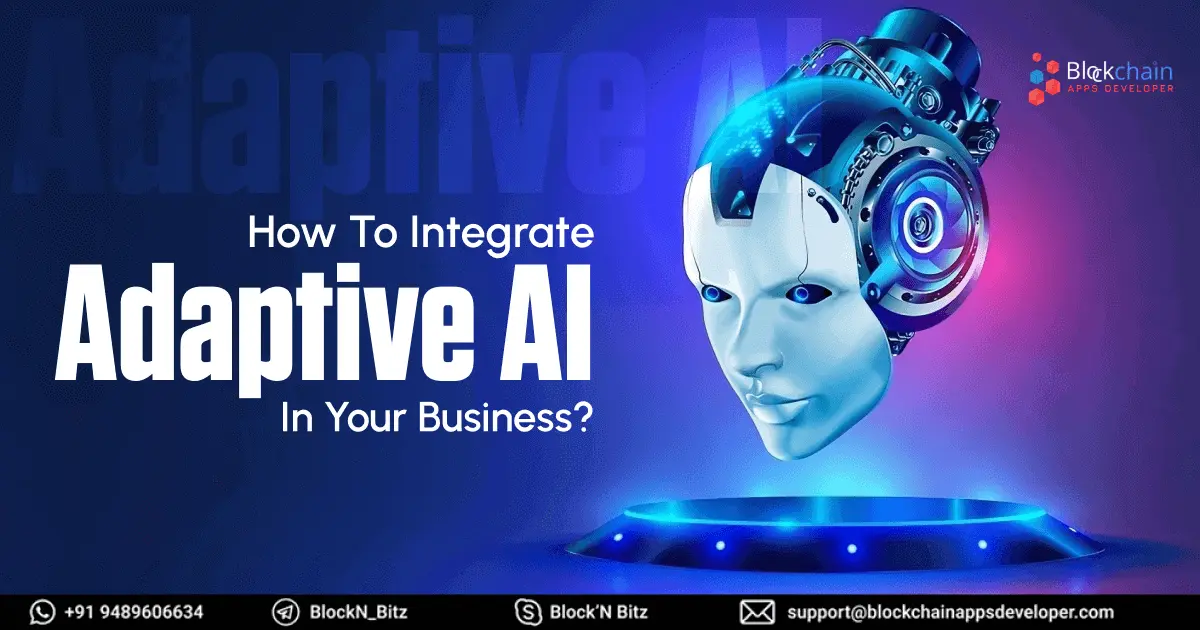
AI
How to Incorporate Adaptive AI in Your Business Market
BlockchainAppsDeveloper is a trusted leader in the realms of blockchain and AI innovation, and choosing us for Generative AI development opens a gateway to unparalleled technological advancement.
Talk To Our Experts
Table of Content
